What is Radon?
Radon is a colorless, odorless, radioactive soil gas. This naturally occurring gas is derived from the breakdown of uranium and radium in the soil. As the radioactive decay particles break down, they work their way through the soil and to the earth’s surface. When a home is present at the earth’s surface, these particles enter the air in the home and sometimes become concentrated to what the EPA considers unsafe levels.
Radon is naturally occurring worldwide, but the presence and concentration differ regionally and by location. Some areas of the world happen to have higher concentrations than others. The front range of Colorado happens to be one of these areas of high concentration.
Health Effects of Radon
As a radioactive gas, radon is a cancerous gas and is the second leading cause of lung cancer in the United States (only behind smoking).Radon decay particles cling to dust particles in the air and are inhaled into the lungs.
How to Mitigate Radon
Real estate standards typically abide by the EPA standard that a home should have a mitigation system installed if radon levels are found by a professional testing company to be above 4pCi/l.. The standard “action level” that is determined by the US EPA is 4pCi/L (picocuries per liter). The World health organization dictates safe levels for other countries, but a good general recommended average action level for mitigation is 4pCi/L.
Whether of not your home has a basement, crawlspace or slab dictates exactly how a radon mitigation system is to be installed, but the general concept is to exhaust the soil gas out of the soil and to the outside air before it has a chance to enter the home
In the front range of Colorado, a ballpark cost for a professionally installed system is in the $800-$1200 range. It’s a wise idea to conduct a post installation test to ensure that radon has dropped to a safe level. Even once a system is installed, the EPA recommends that you test your home for radon every 2 years to ensure the system is operating properly. Along those lines, home buyers often ask us if we recommend testing a home that has an existing system. While it’s likely that the system is functioning properly and safely, it’s always a good idea to confirm proper operation as we find inadequately functioning systems regularly during our home inspections.
We hope this was a helpful overview of radon gas in your home and as with any home related topic, please contact us with any questions.

